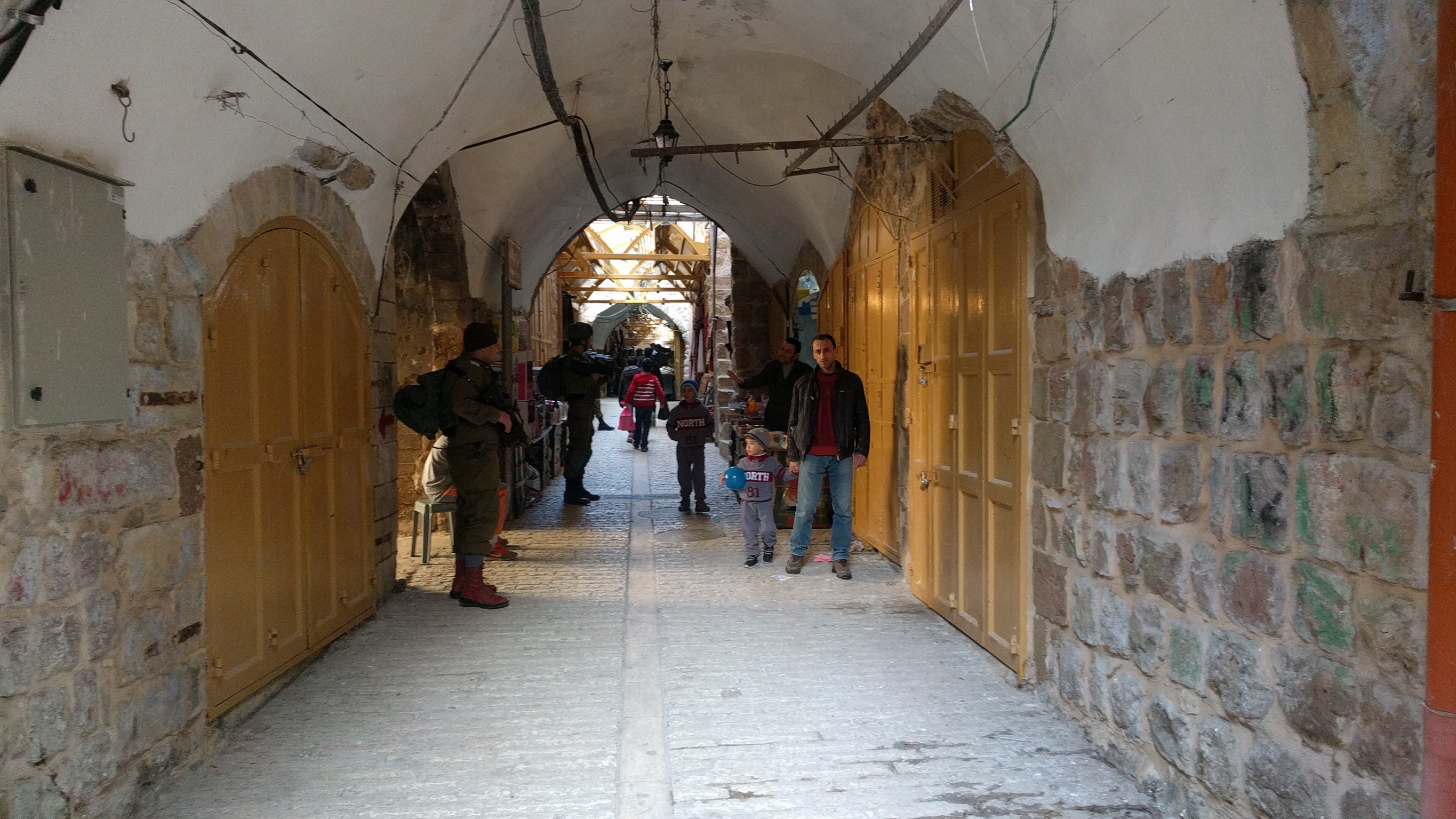Tag: Baruch Marzel
-
Israeli soldiers kill Palestinian delivering legal documents at Rajabi House
March 13, 2019 | International Solidarity Movement, Al-Khalil team | Al-Khalil (Hebron), occupied Palestine Israeli soldiers shot and killed a Palestinian in Al-Khalil (Hebron) on Tuesday while attempting to distribute legal court documents. The Palestinian man was identified as 36-year-old Yasser Fawzi Shweiki. After the shooting, Shweiki’s body was dragged into the Rajabi House. The…
-
Child arrested after settlers’ death threats
February 18, 2019 | International Solidarity Movement, Al-Khalil team | Al-Khalil, occupied Palestine The day after a group of illegal settlers and soldiers invaded a Palestinians’ home and threatened to slaughter their children in front of them, one of their children was arrested by the Israeli police. On Saturday, a group of settlers climbed down…
-
“If you don’t leave this house, I will slaughter your children”
17th February 2019 | International Solidarity Movement, Al-Khalil team | Hebron, occupied Palestine UPDATE: Child arrested after settler death threats. Link here. On the night of February 16, ISM activists joined a number of local Protection Unit activists to go on a night patrol of the old city in Al Khalil. During the night patrol,…



